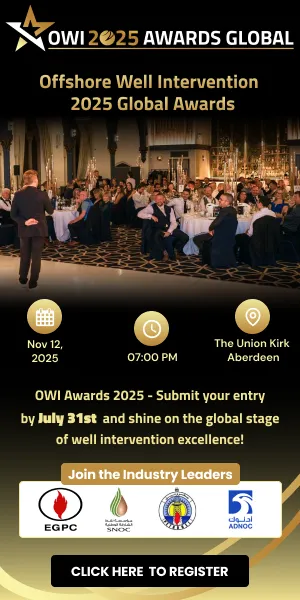
The agreement is designed to align growth capital with national industrial priorities. (Image source: MoIAT)
The Ministry of Industry and Advanced Technology (MoIAT) and the Emirates Growth Fund (EGF) signed an MoU at Make it in the Emirates 2025, reaffirming their joint commitment to accelerating the UAE’s industrial development.
The agreement is designed to align growth capital with national industrial priorities by supporting high-potential, growth-stage SMEs in priority sectors such as manufacturing, food security, healthcare, and advanced technology.
The partnership supports the objectives of Operation 300bn, which is MoIAT’s national strategy to increase the industrial sector’s contribution to AED 300 billion by 2031. It leverages the impact of EGF, the country’s AED 1 billion growth equity platform backed by Emirates Development Bank (EDB).
The MoU outlines a framework for strategic collaboration across several key areas, including the joint development of a pipeline of SMEs seeking growth capital, coordination on marketing and outreach to identify opportunities for developing national champions, and alignment on policies to improve SME access to private capital markets.
The MoU was signed by H.E. Omar Al Suwaidi, Undersecretary of the Ministry of Industry and Advanced Technology, and H.E. Najla Al Midfa, Vice Chair and Managing Director of the Emirates Growth Fund. The signing was witnessed by H.E. Dr. Ahmad Belhoul Al Falasi, Minister of Sports and Chairman of the Emirates Growth Fund.
H.E. Omar Al Suwaidi said, “This MoU lays the foundation for deeper collaboration to unlock value across priority sectors and support the UAE’s economic transformation. EGF is a key partner in realising our national industrialisation vision.”
H.E. Najla Al Midfa said, “This partnership reflects a national ambition to build a stronger industrial future led by homegrown champions. EGF exists to back these businesses with more than capital: we offer partnership, guidance, and long-term belief in their potential.”
EGF was launched at Make it in the Emirates 2025 where fund leaders will also announce its first investment in the healthcare sector.
EGF aims to help bridge a AED7 billion funding gap for UAE-based SMEs that have moved beyond early-stage funding but require long-term, flexible capital to scale.
EGF said that it supports national champions in priority sectors and works in line with the objectives of Operation 300bn.









